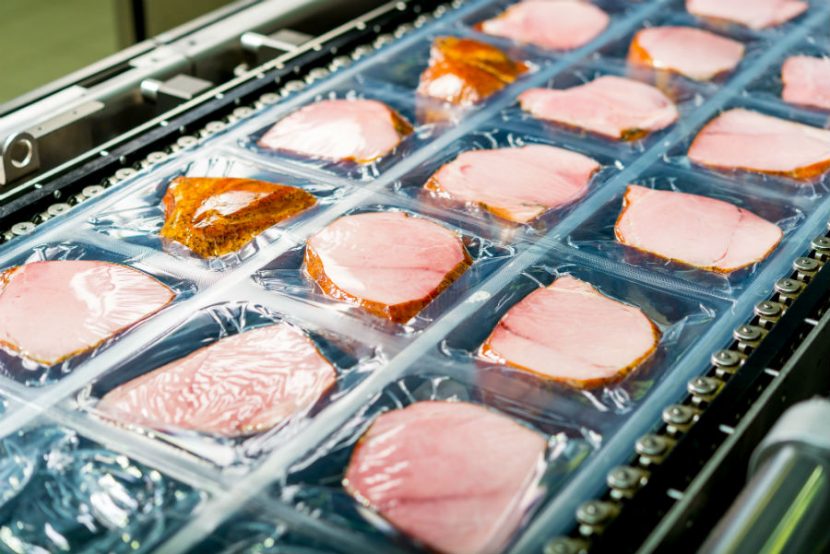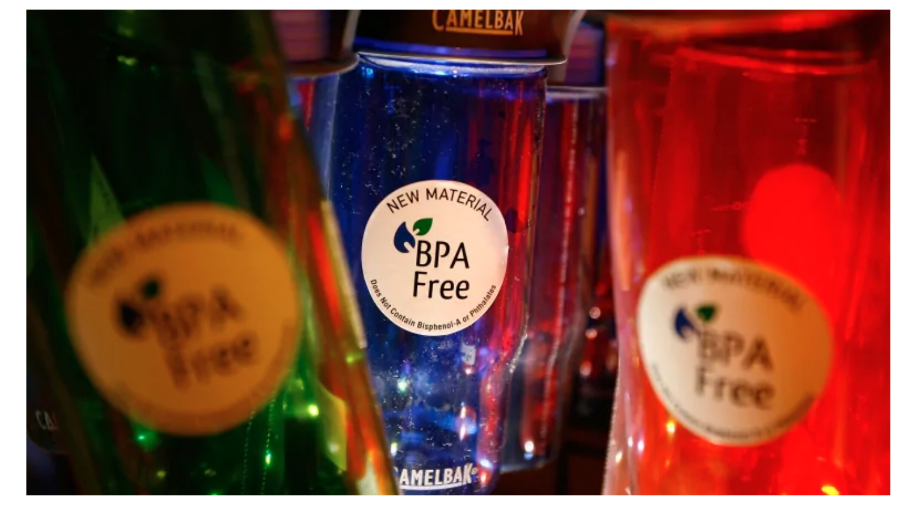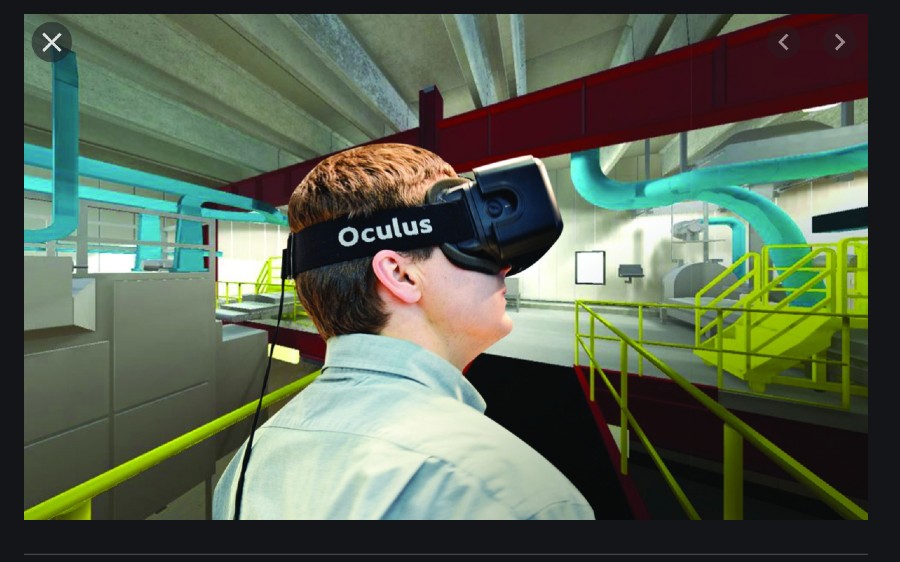Flexible Food Packaging means Safer Food
By Jaan Koel
Flexible packaging has become an obvious solution for brands in the past few years. It is easier to ship for retailers—taking up less space and weight. It is better for consumers in terms of space management in the home, both in the fridge and in cupboards, because flexible packaging can be molded by hand to fit any available nook and cranny.
Retailers like products in flexible packaging too, not only because they’re light weight and take less space on shelves, but also because of new and improved coatings, mainly films, that keep food fresher longer, preventing losses and returns. This means better food safety and fewer recalls.
bio-sensors are being developed to determine when the food inside is going off
Nanotechnology
Many experts believe that nanotechnology could revolutionize the food industry. By providing stronger, high-barrier packaging material and more potent antimicrobial agents, this technology keeps a products’ ability to maintain freshness and potentially improve quality. Nanoparticles can also carry a host of sensors that can detect trace contaminants, gasses, or microbes in packaged foods. An example of this is barrier protection in silicon dioxide (SiO2), which is laid molecules thick onto flexible film and other polymer packaging to keep out oxygen, thereby improving freshness, quality, shelf life and safety. Silver and copper nanoparticles are used for their anti-microbial properties. Polymer nanocomposites also provide high gas barriers, along with strength and flame retardancy.
Certification
Increasingly, governments are promoting and mandating food safety certification regarding this new form of packaging. An example close to home is IFS PACsecure, an initiative developed by Europe-based IFS International Featured Standards and the PAC Packaging Consortium. The Standard, like packaging, is also evolving. “We’re set to go a step further,” says Cheryl Sullivan, Senior IFS Communications Manager for North America. “With the IFS PACsecure standard, we help companies ensure that all packaging, not just primary materials, that enter a food facility are certified safe for food so there’s no possibility of cross-contamination.”
Much of our technology has long been intelligent and interactive, and food packaging is definitely moving in the same direction. “For instance, bio-sensors are being developed to determine when the food inside is going off. It’s better than date coding, which often leads to food being thrown out before it needs to be, causing unnecessary waste,” says Sullivan. Another interesting development is equipping film and other packaging with elements that change colour if temperatures exceed cold limits during any part of storage or distribution.
PAC and IFS also offer programs involving all parts of the value chain to help reduce food waste. Why? Eliminating food waste could help eliminate hunger worldwide. And potentially a big part of that is the use of better and safer packaging.
About the Author:
Jaan Koel is Principal of Koel Communications in Toronto and has contributed to a number of Canadian and US trade journals and web publications, including Food Engineering, Green Manufacturer, Canadian Packaging, Western Grocer, Western Food Processor, Global Food Safety Resource, and others. Previously, he was Communications and Environmental Affairs Manager for Tetra Pak Canada and Tetra Pak International for 25 years.

-
 FeaturedRisk management
The Cost of a Breach: What a Cyberattack Could Mean for Food Safety Recalls
FeaturedRisk management
The Cost of a Breach: What a Cyberattack Could Mean for Food Safety Recalls
-
 FeaturedRisk management
Securing the Food Chain: How ISO/IEC 27001 Strengthens Cybersecurity
FeaturedRisk management
Securing the Food Chain: How ISO/IEC 27001 Strengthens Cybersecurity
-
 FeaturedRisk management
Revolutionizing Food Safety Training: Breaking Out of the “Check-the-Box” Mentality
FeaturedRisk management
Revolutionizing Food Safety Training: Breaking Out of the “Check-the-Box” Mentality
-
 GFSI Standards
GFSI 2025: Building Trust, Tech-Forward Solutions, and Global Unity in Food Safety
GFSI Standards
GFSI 2025: Building Trust, Tech-Forward Solutions, and Global Unity in Food Safety
-
 FeaturedFood Safety
Integrated Pest Management: Strategies to Protect Your Brand’s Reputation
FeaturedFood Safety
Integrated Pest Management: Strategies to Protect Your Brand’s Reputation
-
 FeaturedFood Safety Culture & Training
No Open Door Policy: Challenges That Impact Pest Control in Food Processing Plants
FeaturedFood Safety Culture & Training
No Open Door Policy: Challenges That Impact Pest Control in Food Processing Plants




